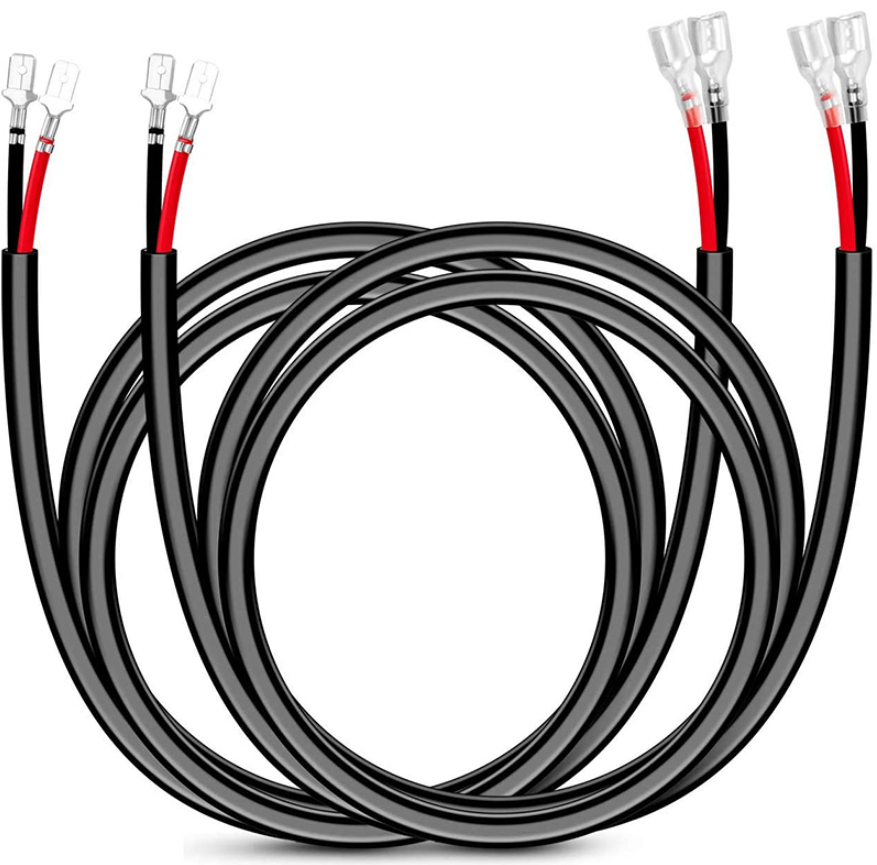The Ultimate Guide to Understanding Wire Harnesses
Wire harnesses also known as cable harnesses or wiring looms, are integral components in the electrical systems of various industries. They are designed to keep electrical systems organized, ensuring efficient and reliable performance. A wire harness is essentially a systematic arrangement of wires, cables, and connectors that transmit electrical power and signals.
The Importance of Wire Harnesses
Wire harnesses play a critical role in the functionality and safety of electrical systems. They protect wires from environmental factors such as moisture, heat, and vibrations. This protection enhances the longevity of the electrical components and reduces the risk of short circuits and other electrical failures.

Components of a Wire Harness
A wire harness consists of several key components, each contributing to its overall functionality and reliability. Understanding these components is essential for designing and implementing effective wire harnesses.
Wires and Cables
The wires and cables are the primary conduits for electrical signals and power. They are typically made from materials such as copper or aluminum due to their excellent conductivity. The choice of material and gauge depends on the specific requirements of the application.
Connectors
Connectors are crucial for joining wires and cables to various components within the electrical system. They come in various types, including crimp connectors, solder connectors, and insulation displacement connectors. The selection of connectors is based on factors such as the type of connection, environmental conditions, and the electrical load.
Terminals
Terminals are used to connect wires to the connectors. They ensure a secure and stable connection, which is essential for the reliable transmission of electrical signals. Terminals are typically made from metal and are designed to withstand various environmental conditions.
Protective Sleeves and Conduits
To protect the wires and cables from external damage, wire harnesses are often encased in protective sleeves or conduits. These protective coverings are made from materials such as plastic, rubber, or braided metal. They provide protection against abrasion, moisture, and other environmental factors.
Applications of Wire Harnesses
Wire harnesses are used in a wide range of industries due to their versatility and reliability. Some of the most common applications include:
Automotive Industry
In the automotive industry, wire harnesses are used to connect various electrical components within vehicles. They ensure the efficient transmission of electrical signals and power to systems such as lighting, ignition, and infotainment.
Aerospace Industry
The aerospace industry relies on wire harnesses for the safe and efficient operation of aircraft. Wire harnesses in this industry are designed to withstand extreme environmental conditions, including high temperatures, vibrations, and pressure variations.
Industrial Machinery
Wire harnesses are essential in industrial machinery, where they connect various sensors, actuators, and control systems. They help in maintaining the reliability and efficiency of machinery used in manufacturing, construction, and other industrial applications.
Consumer Electronics
In consumer electronics, wire harnesses are used to connect components within devices such as computers, televisions, and home appliances. They ensure the efficient transmission of electrical signals, contributing to the overall performance and longevity of the devices.
Design and Manufacturing Process
The design and manufacturing of wire harnesses require careful planning and precision to ensure their effectiveness and reliability.
Designing the Wire Harness
The design process begins with understanding the specific requirements of the application. This includes determining the length of wires, the type of connectors, and the protective coverings needed. The design should also consider factors such as the electrical load, environmental conditions, and space constraints.
Prototyping
Once the design is finalized, a prototype is created to test the functionality and reliability of the wire harness. This step is crucial for identifying any potential issues and making necessary adjustments before mass production.
Manufacturing
The manufacturing process involves cutting and stripping the wires to the required lengths, attaching connectors and terminals, and assembling the components into the final wire harness. This process requires precision and attention to detail to ensure the reliability and safety of the wire harness.
Testing and Quality Control
Before the wire harnesses are deployed, they undergo rigorous testing to ensure they meet the required standards and specifications. This includes testing for continuity, insulation resistance, and the ability to withstand environmental conditions.
Advantages of Using Wire Harnesses
Using wire harnesses offers several advantages, making them a preferred choice in various industries.
Improved Safety
Wire harnesses help in reducing the risk of electrical short circuits and fires by providing organized and secure connections. They also protect wires from environmental damage, enhancing the overall safety of the electrical system.
Enhanced Performance
By organizing and securing wires, wire harnesses ensure the efficient transmission of electrical signals and power. This leads to improved performance and reliability of the connected components.
Cost-Effective
Wire harnesses can be cost-effective solutions as they reduce installation time and labor costs. They also help in minimizing the risk of electrical failures, leading to reduced maintenance and repair costs.
Space Optimization
Wire harnesses help in optimizing space by organizing and bundling wires together. This is particularly important in applications with limited space, such as in automotive and aerospace industries.
Conclusion
Wire harnesses are essential components in the efficient and reliable operation of electrical systems across various industries. Their design, manufacturing, and application require careful planning and precision to ensure safety and performance. By understanding the importance of wire harnesses and staying updated with emerging trends, industries can continue to benefit from their numerous advantages.

